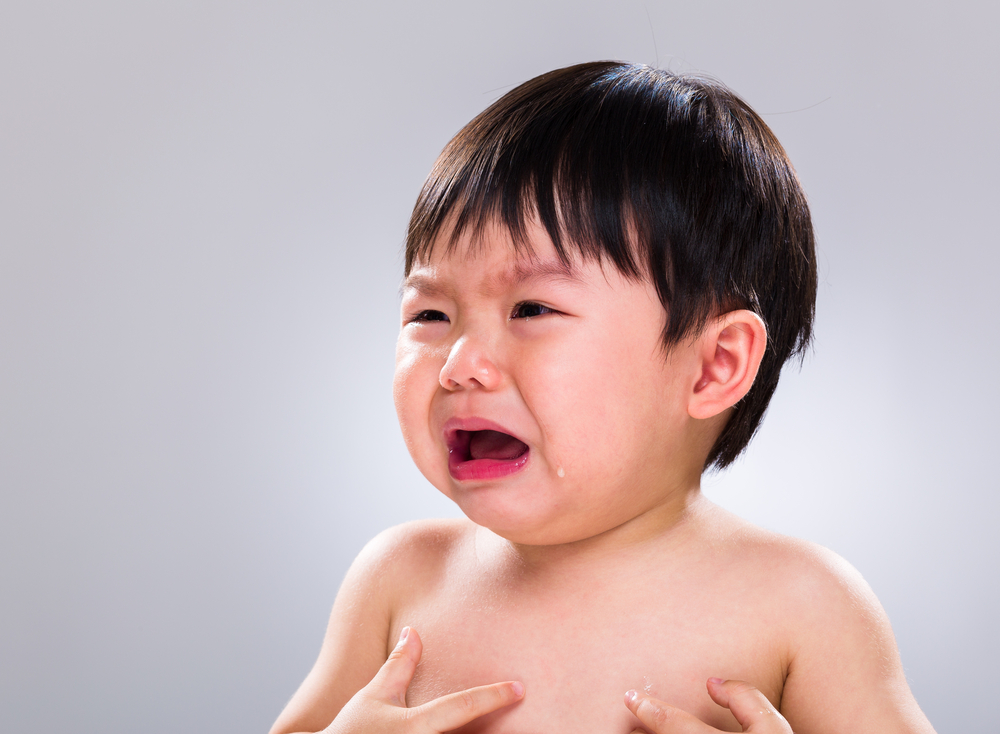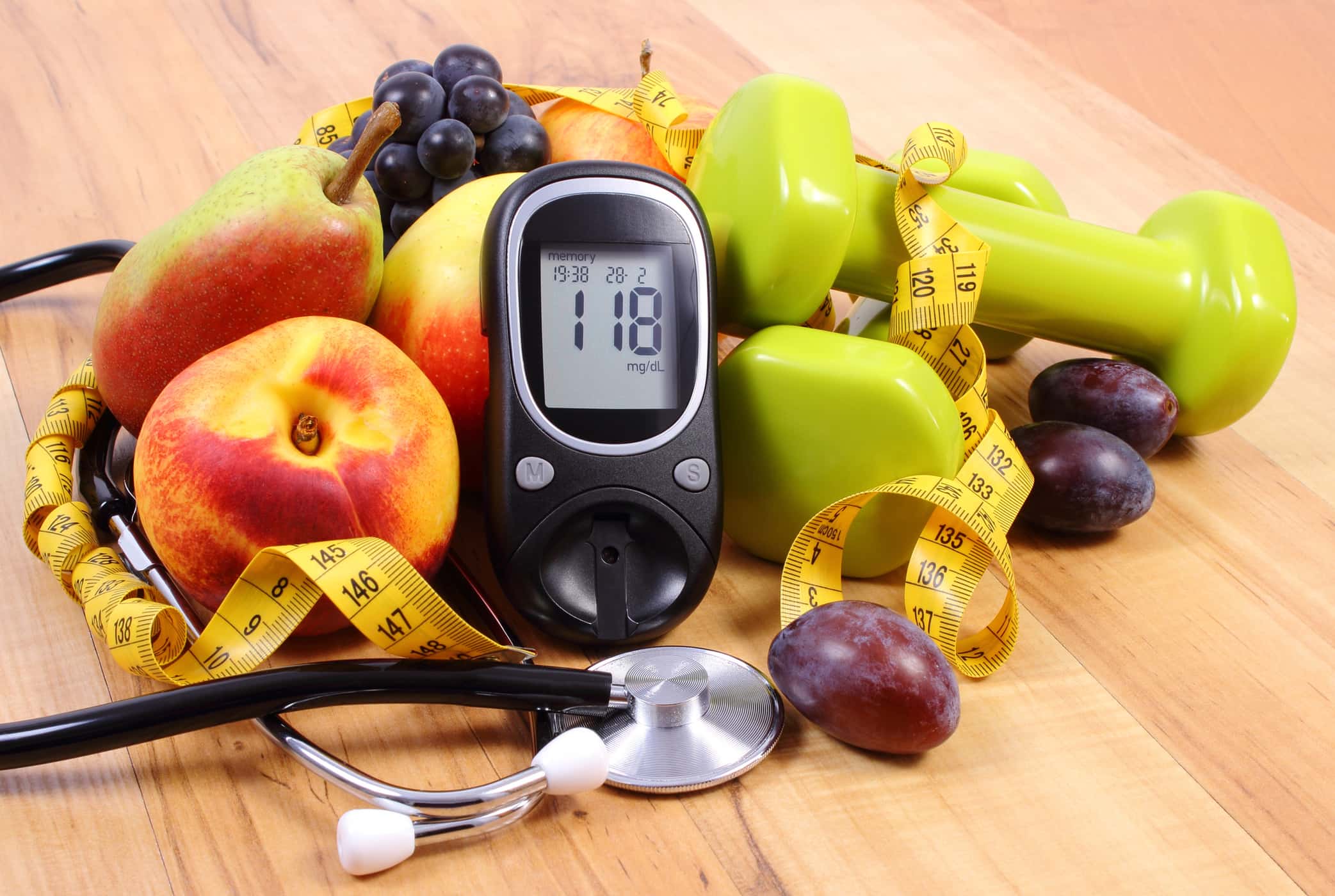Contents:
- Medical Video: Growth Disorders - Causes, Symptoms, Treatments & More…
- Overview of dwarfism
- What are the signs of a dwarf baby?
- Can your child recover if dwarfism has been detected?
- When to see a doctor?
Medical Video: Growth Disorders - Causes, Symptoms, Treatments & More…
Dwarfism, a term for dwarf humans caused by genetic problems or certain medical conditions. This condition is different from short stature (short stature), because short stature is not related to family history and is a variation of normal bone development. Infancy and toddlers is a golden period for the growth and development of your child. Well, usually if your child has dwarfism, it will be seen since then. What are the signs of a dwarf baby? See the following review.
Overview of dwarfism
Dwarfism is a condition of physical abnormalities that causes a person's body to be short, with a height between 120-140 cm. Reporting from Web MD, most cases of dwarfism are caused by genetic parents, whether only one or both of them carry this gene. The most common types are achondroplasia and skeletal dysplasia, where the condition of bone growth is abnormal which results in disproportionate bone growth.
There are two main categories of dwarfism which are proportional and disproportionate. Proportional dwarfism is characterized by a proportionally small body growth evenly distributed in all parts of the body. At first glance, the body looks proportional, it's just a short size. The causes of this type of dwarfism include metabolic and hormonal disorders, such as growth hormone deficiency.
While in disproportionate dwarfism, some parts of the body look smaller and out of balance with other body parts of normal size.
What are the signs of a dwarf baby?
When still a baby, it may be more difficult to detect signs of a dwarf baby. Because in general, this sign will only be realized after someone grows up. But there are some important things that you can notice if this happens to your baby.
As mentioned earlier, hormone deficiency can cause proportional dwarfism that can refer to signs of overall development in infants. The possibility of dwarfism in infants can be detected through several signs on the birth of the baby or on the fetus in the uterus with the help of ultrasonography. Some signs and characteristics of dwarf babies that can be seen are:
- Large head with wide forehead, a sign of achondroplasia
- The nose bone is uneven
- Crooked leg shape
- Jaw protrudes
- The lower spine curves forward
If the baby has a "talent" suffering from proportional dwarfism it is easier to detect. Because generally this type of dwarfism is related to genetic problems.
But if the cause is due to a lack of hormones, it will be more difficult to detect in infants and will only begin to appear when your child enters the age of two or three years. Delay in motor skills and decreased immunity can also be used as a number of signs of dwarf babies.
Can your child recover if dwarfism has been detected?
Although babies with dwarfism will have almost similar stature, each child will experience different health complications. In some cases, dwarfism can be treated with notes if detected early.
Treatment that is done usually aims to overcome and prevent various health complications that might arise due to growth problems that occur. For example, a small percentage of infants with achondroplasia type dwarfism may have hydrocephalus and have a greater risk of getting sleep apnea. This can occur due to abnormal bone anatomy or due to airway obstruction.
If this is immediately consulted with a doctor, potentially serious problems can be detected early and corrected, for example by surgery.
When to see a doctor?
Signs and symptoms of disproportionate type of dwarfism are often seen at birth or early in life. Proportional type dwarfism may not be immediately visible. If you see or detect a sign of dwarfism in your child, do not delay to see the pediatrician.












